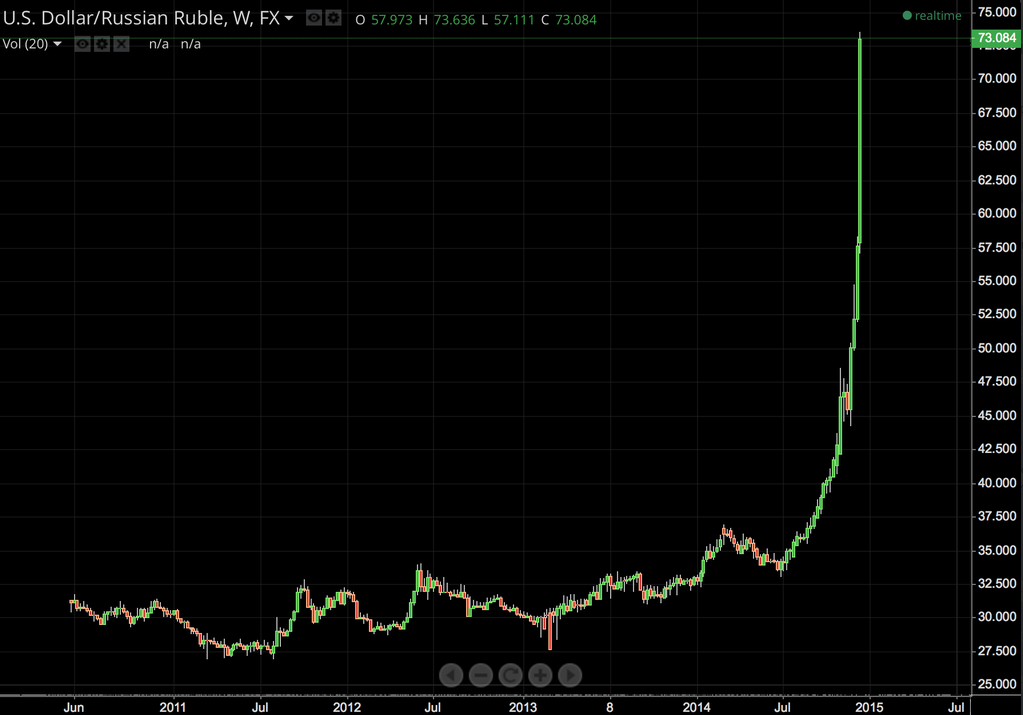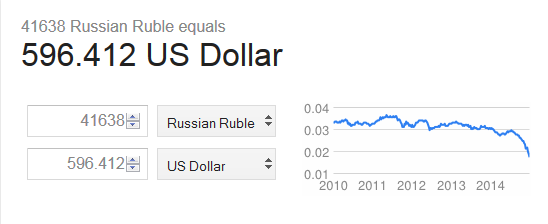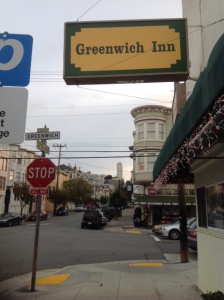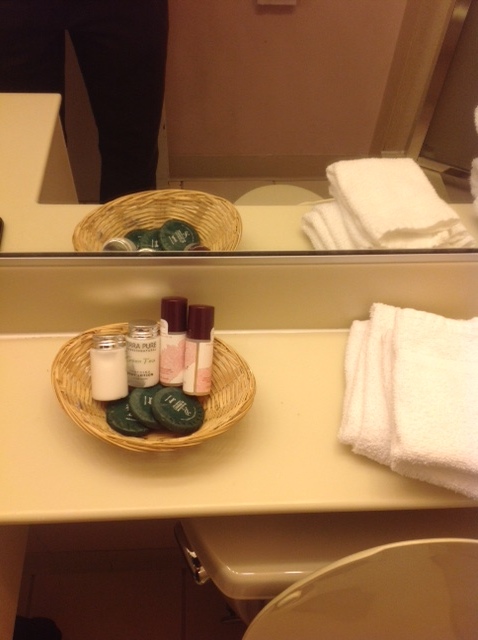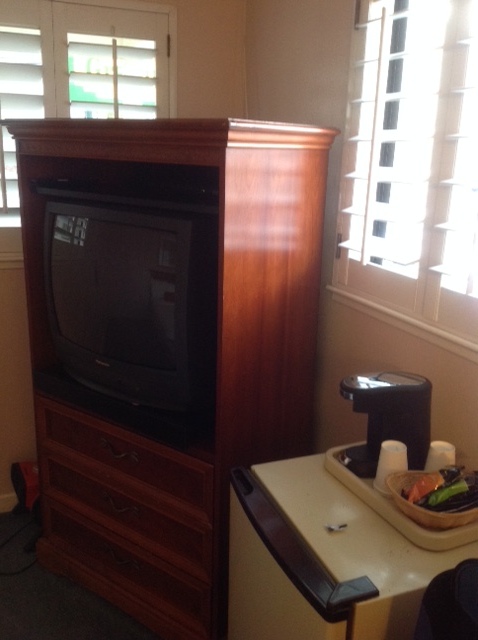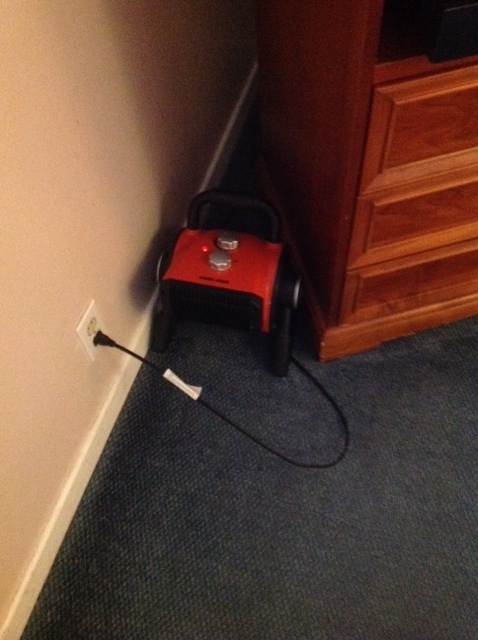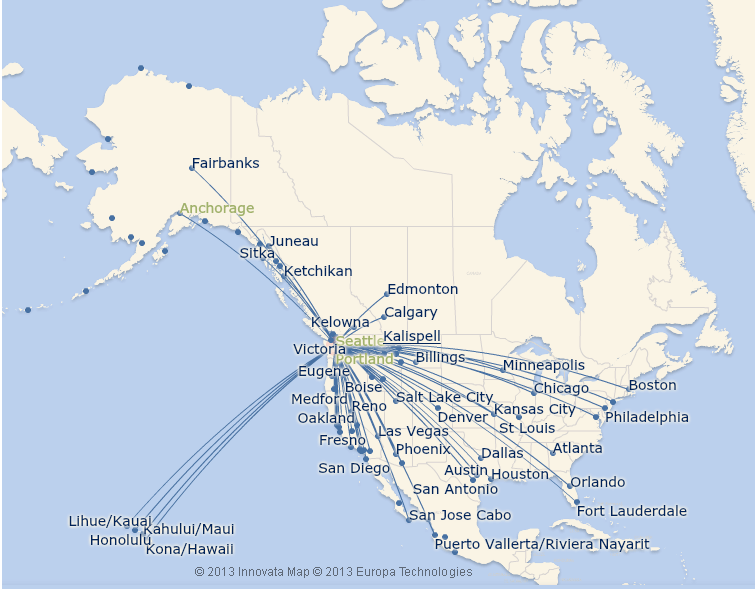I’ve been slow with posting because I am on the road (LA to Seattle to LA to San Francisco back to Seattle to LA to Istanbul to Zagreb to London…), so it’s time to open this blog up to readers.Where is the most interesting place you have traveled in the most awful seat in the plane? What’s the worst airline you’ve ever flown to the most amazing experience? The world is watching, so write your story below in the comments! 🙂
Author: TProphet
An Armenia Retrospective – And An Inspiration
A little over a year ago, I took a trip that was pivotal in my own life experience. It was to Armenia and Georgia. When I got back, I had to share the experience–it was that incredible. It’s also one of the most detailed trip reports I have ever written, and ultimately, this experience led me to start Seat 31B.
Since the trip report was originally posted to FlyerTalk, I’m leaving it there. However, I cordially invite readers to view the whole trip report here: Armenian AAdventure – DUS-DME-EVN
HOT! Save $80 On China Flights With Hainan Airlines
Hainan Airlines is offering an $80 promo code on flights to China. You can click here to get your own promotion code, and in fact, you can get up to 3 of these per day (maybe, I was only able to retrieve two). The promotion codes can be redeemed throughout the entire year for flights on Hainan Airlines. There are a limited number of promotional codes available. Go grab some right now if you think you might travel to China within the next year.
They fly nonstop to Beijing from Seattle, Chicago, Toronto and Boston and onward from there to most major Chinese cities. If you’re coming from another city, they can sell you a flight that includes connections on American Airlines. Given that Hainan typically has some of the lowest fares to China from the West Coast, this could be a steal of a deal. On a typical fare of $800 between Seattle and Beijing, you will save 10%.
![Hainan_Airlines_Boeing_737-800_B-2158_CTU_2011-7-7[1]](https://www.seat31b.com/wp-content/uploads/2015/01/Hainan_Airlines_Boeing_737-800_B-2158_CTU_2011-7-71.png) Hainan isn’t a member of any frequent flier alliance, and they do not offer miles and points with any US airline. However, the value of points you can earn from Delta, their primary competitor on this route, is now negligible on low fares. You can earn points in Hainan’s own program, which isn’t particularly good, but can offer good value if you redeem the points for flights with their partner Hong Kong Airlines.
Hainan isn’t a member of any frequent flier alliance, and they do not offer miles and points with any US airline. However, the value of points you can earn from Delta, their primary competitor on this route, is now negligible on low fares. You can earn points in Hainan’s own program, which isn’t particularly good, but can offer good value if you redeem the points for flights with their partner Hong Kong Airlines.
How’s the service? Very good, actually. They have the highest SkyTrax rating (for what it’s worth) and fly new modern aircraft with excellent inflight entertainment. Crews are friendly and the food isn’t bad. Hainan Airlines has to meet all the same safety standards as any other airline operating within the United States, so I wouldn’t worry about that either. I have helped many friends from Seattle fly to China on Hainan and most people have been surprised in a good way.
Most people need a visa to visit China. Here’s how to apply by yourself and save agent fees!
Super Bowl Travel Savings Tips
A lot of people have contacted me with the same question: “How do I save on my trip to the Super Bowl?” Well, despite being from Seattle, I’m not really a football fan. I can’t help you find tickets to the stadium or get them any cheaper, but I do have some advice about how to save money on getting to Phoenix, and getting around Phoenix once you’re there.
 Phoenix has relatively few flights and is a fortress hub of US Airways. When a city is a fortress hub, it generally means that flights are more expensive because there is a single dominant carrier, which makes it harder for other airlines to compete. And let’s face it, airlines aren’t dumb. They know that these are special dates and they’re charging a premium for the flights.
Phoenix has relatively few flights and is a fortress hub of US Airways. When a city is a fortress hub, it generally means that flights are more expensive because there is a single dominant carrier, which makes it harder for other airlines to compete. And let’s face it, airlines aren’t dumb. They know that these are special dates and they’re charging a premium for the flights.
Many sites suggest using hidden cities itineraries on US Airways. I actually don’t recommend this, because these can be very risky. So, while you might find a good deal on a flight to Phoenix (it’s not likely, but possible), or through Phoenix (possible, but with considerable risk), it’s fairly unlikely. that you’re actually going to find a good deal to anywhere within 300 miles of the place. That’s why I think alternate cities are a better strategy for the Super Bowl.
Often overlooked, there are airports in Ontario and Palm Springs, California. If you are traveling to the Super Bowl, you should consider both. These airports are both a reasonable drive from Phoenix and also, as of this writing, have far more reasonable prices for rental cars than any rental agency in Phoenix. There aren’t many direct flights to either place, and you’ll probably have to take a connection along the way. However, even if one of the connections passes through Phoenix, it’s probably best to continue all the way to California. Most rental cars are sold out in Phoenix during the Super Bowl at this point, and the few remaining cars are very expensive. However, there are still plenty of rental cars available in Ontario and Palm Springs for the same dates. Palm Springs is less than a 3 hour drive from Phoenix, so this is a particularly attractive destination. As of this writing, flights to both destinations from many cities cost as little as 1/3 the price of a ticket to Phoenix.
It’s also worth considering the cost of hotels. The Super Bowl will be held on the west side of Phoenix. The farther you get from the center of Phoenix, the less expensive hotels are. In fact, some $70 rooms are still available at the Black Canyon Motel 6 location. Since the Phoenix airport is on the east side of town, hotels near the airport and near the Super Bowl stadium seem to be the most expensive. Having a rental car will give you considerable flexibility in where you stay, and may help to save you a fortune. Speaking of rental cars, fuel is usually much less expensive in Arizona than it is in California. Costco tends to have the lowest prices, if you’re a member. There is also a Costco in Palm Desert, California, where you can fill up before returning the car to the airport.
If you are traveling to the Super Bowl, I hope this was helpful. I definitely won’t see you there, but I hope you both have fun and save money!
A 2014 Retrospective
I’m writing to you from Seattle, where I’m celebrating the holidays with my family. I won’t be taking any more flights in 2014. Here is ultimately where I traveled in 2014:
So, in the spirit of New Years’ retrospectives, here are my top memories of 2014.
Most amazing bargain: Definitely the Alitalia round-the-world fare widely assumed to be a mistake fare. I traveled all the way around the world for (effectively) under $219.
Most unexpected development: I ended up with Delta Gold Medallion status because I booked so many bargain fares with them. Normally riff-raff like me are filtered out, but because I lived outside of the US during the period in which Medallion Qualifying Dollars are calculated, I was exempt from the usual spending requirement. So, while flying around on sale fares, I got to enjoy some fancy airport lounges that are most definitely not a normal part of the Seat 31B experience.
Most surprising destination: Ecuador. An amazing, beautiful, friendly and ridiculously under-visited country in South America. I was able to visit on an incredible Aeromexico introductory fare of under $400.
Scariest travel moment: Getting really sick in Yunnan, China, near the Tibetan border. The only hospital within 100 miles that supposedly treated foreigners had no English-speaking doctors. I ended up booking the next flight out to Bangkok, the nearest city with international-standard hospitals, and heading to Bumrungrad Hospital. Fortunately, after an extensive series of tests, the doctors informed me that I had a bad case of heartburn. The total hospital bill? Under $300, fully paid by my travel insurance.
Most interesting city: It’s a toss-up between Beijing, my always exciting and vibrant home of 3 years, and Mexico City. However, Mexico City wins. I was amazed how surprisingly modern it is, how fashionably people dress, and how much there is to do. Honestly, if you didn’t know better, you’d think you were in Paris or Madrid.
Most stressful travel experience: Traveling through Italy and The Netherlands with my parents, who consider a trip to Vancouver, Canada (3 hours’ drive from their house) to be an exotic foreign vacation. Why was it stressful? Not because of them–they were surprisingly adaptable and really good sports–but because I cared so much about ensuring they had a memorable experience. It was a surprisingly smooth trip overall, my careful advance planning paying off, and it helped that my parents had really done their homework. These countries turned out to be almost perfect for first-time visitors to Europe.
Most unusual airline flown: It’s a toss-up between NOK Air in Thailand (a low cost carrier who paints their planes like cartoon birds) and Aeroflot Russian Airlines. No issues in either case, both got me safely to my destination!
Worst flight delay: 3 hours and 30 minutes, Cathay Pacific, between Vancouver and New York.
City visited for the shortest time: A tie between Hong Kong and Vancouver. I visited Hong Kong twice for 5 hours when flying Cathay Pacific between Beijing and Hong Kong. This is enough time to go into the city and have a very nice Cantonese dinner. I visited Vancouver on a layover between Los Angeles and New York (I flew via Vancouver to use the Cathay Pacific flight from there to New York).
Most scenic drive: Zagreb to Dubrovnik via Neum, Bosnia. If you love great drives, the Adriatic coast will not disappont.
Most luxurious travel experience: Business class, British Airways, Seattle to London. Normally I wouldn’t book this, but I didn’t have any flexibility on dates, times, or the type of points I was redeeming. And I was traveling to my graduation (I completed an MBA in 2014), so I didn’t mind splurging a little.
Least luxurious travel experience: Careening down an Ecuadorian highway locally known as “Carretera de Muerte” (Highway of Death) in a van full of singing Germans with dodgy brakes and no working seatbelts. I didn’t really fear for my life–the driver knew the road–but I was really glad when the 3 hours of bone-jarring gravel and potholes were over.
Most friendly people: Thailand, without question. The warm hospitality of this country is almost unmatched in the world.
Least friendly people: Sheremetyevo Airport, Moscow, Russia.
Most unusual lodging: A 19th century mansion amid some of Denmark’s most beautiful gardens, converted to student housing. I slept on a couch in the public area, rented to me on airbnb by the friendly and enterprising student occupants.
Most inexpensive lodging: Backpacker Hostel, Koh Samui. It was around $8 per night, an incredible bargain for a bunk in an air conditioned room.
Most expensive lodging: $78 per night in London at the DoubleTree Heathrow. There just wasn’t anything cheaper since most hotels were full.
Best airport: Copenhagen International Airport, Denmark. Clean, modern, and easily accessible. It’s a pity that more flights don’t connect here.
Worst airport: Surat Thani Airport, Thailand.
Best airline: Bangok Airways. They let all passengers use their airport lounge and it’s actually pretty nice. Comfortable seats and good service.
Worst airline: Transavia. Surly staff and the inflight entertainment was a bizarre video of the flight kitchen in which sandwiches are made. Definitely unappetizing!
And there you have it, my retrospective of 2014. It has been an incredible year, and I can’t wait for 2015!
How You Can Go To Europe For $89 Roundtrip
I have never posted about a credit card on Seat 31B. I suppose there is a first time for everything. Don’t worry, I haven’t sold out and become a credit card salesman.
US Airways was acquired earlier this year by American Airlines, and has been slowly absorbed into American Airlines ever since. Its mileage program, Dividend Miles, is still a stand-alone program, although it will be merged with the American Airlines Aadvantage program early in 2015. So, if you have US Airways Dividend Miles, they will become American Airlines Aadvantage miles and the Aadvantage program rules will then apply.
It is all but a foregone conclusion that the Barclays US Airways MasterCard is going away when the programs merge, because Citi is the preferred card partner for American Airlines. However, it’s still available and Barclays is running a special referral promotion. If you are referred by an existing cardholder, you can receive 50,000 miles on your first purchase. This is enough for a round-trip winter ticket to Europe in Seat 31B with miles left over. It will also get you two roundtrip tickets within North America, or a ticket to Hawaii or South America with miles left over. There is an $89 annual fee that is not waived. This is much better than the usual offer of 40,000 miles after spending $3,000.
$89 plus the cost of a pack of gum definitely isn’t a bad price for a round-trip economy class ticket to Europe. So, I’m comfortable recommending this deal. It doesn’t come with the pitfalls common to most other credit card offers, which are rife with tricks and traps. You get a few other perks for your $89 annual fee, including a companion fare certificate good on US Airways flights, a free checked bag on US Airways, and priority boarding on US Airways. I’m not sure what will happen to these benefits when US Airways disappears as a brand, so I’m not assigning a whole lot of value to them. If you plan to use the companion fare, I recommend that you book it as soon as you receive the certificate.
Overall this isn’t a bad credit card, except for the annual fee (you won’t want to keep it for more than the first year) and the very high APR. The general Flyertalk consensus over Barclays customer service is that it is terrible, but I deal with them exclusively online and haven’t had any problems. The trouble seems to come from calling them; telephone customer service is rated inconsistent at best.
If you want the card, I will be happy to send you a referral link. Just contact me from the email address where you’d like the link sent, or leave a comment below with your email address (note I moderate all comments and won’t publish these requests, so your email will remain private). My email address is tprophet [at] seat31b.com. In the interest of full disclosure, I will receive 5,000 bonus miles if you sign up for the card through my link. So, if you want to share this offer with friends, please don’t forward the email but have them contact me directly so I also get the bonus for referring them.
Unlike the links you’ll find on other blogs (which pay bloggers actual money rather than a paltry few extra bonus miles), this is–to my knowledge–the best currently available offer for this card. It’s also a (relatively) quick and easy way to earn enough miles for a trip to Europe for less than $100, giving it the Seat 31B seal of approval.
This offer expires January 18, 2015.
HOT: Save At Least 20% On All Flights Right Now
As you have probably heard, the Russian ruble has effectively collapsed. This has created a tremendous arbitrage opportunity, but only if you take immediate action to leverage it.
Airline tickets are quoted and priced in GDS systems, and currency conversions aren’t adjusted real-time. With the rapid collapse of the ruble, this means that you can effectively get a discount of 20% or more by paying in rubles versus dollars.
So, let’s look at a nice peak season flight from Los Angeles to Costa Rica on anywayanyday, a Russian travel agency:
As you can see, it’s $792 in US dollars. This is a typical non-sale fare price to Costa Rica during the peak season. Wouldn’t it be nice to turn this into a good peak season sale fare instead?
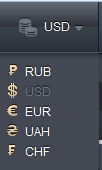 If you change your currency selection on this menu from USD to RUB, you can pay in the Ruble currency. Note that it’s a good idea to call your bank before you do this, because there is a slight possibility that they might consider it unusual that you are paying for things in rubles on a Russian travel site. By this, I meant that they will panic and block your card, which will cause you an endless amount of hassle. Why use a Russian travel site in the first place? It’ll be very hard for anyone involved to argue later that you shouldn’t be able to pay for things in Russia using rubles.
If you change your currency selection on this menu from USD to RUB, you can pay in the Ruble currency. Note that it’s a good idea to call your bank before you do this, because there is a slight possibility that they might consider it unusual that you are paying for things in rubles on a Russian travel site. By this, I meant that they will panic and block your card, which will cause you an endless amount of hassle. Why use a Russian travel site in the first place? It’ll be very hard for anyone involved to argue later that you shouldn’t be able to pay for things in Russia using rubles.
Now, let’s see what happens after you change the currency:
The price becomes 41,638 rubles. So, let’s see how much that is worth in dollar terms:
Well, that’s interesting, isn’t it? It’s $196 cheaper to pay in rubles.
Folks, this sort of arbitrage opportunity almost never happens and it will not last. Take advantage while you can!
UPDATE: Many airlines are starting to correct this by repricing their tickets in the GDS systems. With British Airways, it is actually less expensive to book in dollars or euros now. Double-check the conversion before you book!
1 Star Hotel Review: Greenwich Inn, San Francisco
It has been a super busy couple of weeks as I’ve been attending startup events around California. However, I was able to squeeze in some stays at one and two star properties thanks to the Visa Checkout promo with Orbitz. For those of you who missed it, over Black Friday, Orbitz and Visa ran a joint promo that gave $100 off a booking of $100 or more. I snapped up 9 hotel rooms, although I ultimately ended up having to cancel 3 of them. This covered two of my nights in San Francisco, and I spent 3 more nights with relatives, who were kind enough to let me stay through the crazy weather and help me avoid a commute to the conference.
Today, my friends invited me to a party in San Francisco at the last minute, but I’d already left my relatives’ house and it isn’t really appropriate to stumble in drunk late at night anyway. So, I needed a place to crash. In San Francisco. On the weekend. This is the kind of place where a couch in a living room on airbnb goes for $80 a night–plus tax! So, I couldn’t believe my luck when I discovered that Orbitz and Visa ran another promo through their Hotel Club affiliate: AUD $50 off an AUD $100 or greater booking.
I found the one-star Greenwich Inn listed for the low, low price of AUD $104. Unfortunately, Orbitz lists the rate before they add on taxes and a bunch of fees, and the discount is off the base rate, not the all-in price. So, the price actually worked out to AUD $70.59 after the discount, which is about USD $58. Still, this is the same all-in price as a hostel bunk in the worst part of town, and it’s is a standalone property in the Marina District with free parking and WiFi. You get your own room and the Internet even sort of works. Split with two or more people, you’ll pay less than you would for hostel bunks. The property seems popular with backpackers.
What does this buy you, though? A property built in the 1960s motel style that has undoubtedly seen a lot of terrible things happen between its walls, but has been spruced up to look semi-respectable. Here are a few photos of what life on the road looks like Seat 31B style. The Greenwich Inn is a typical one star experience, although I had much more a vibe here of something being very wrong just beneath the surface than most other properties. It definitely falls in the “creepy motel” category.
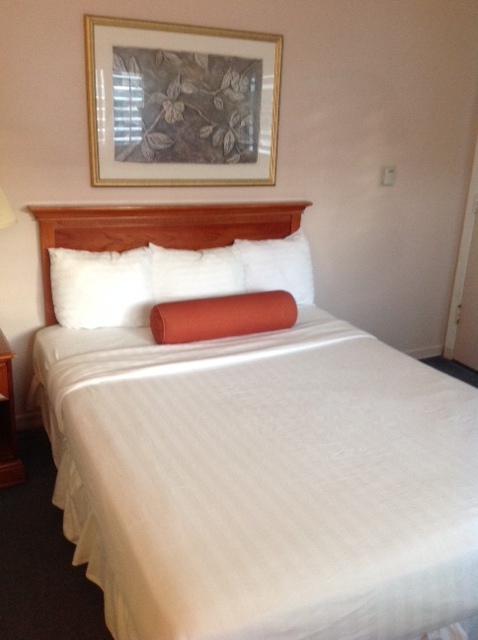
Queen sized bed. This was advertised as a king. Some tripadvisor reviews complain of bedbugs, so check carefully.
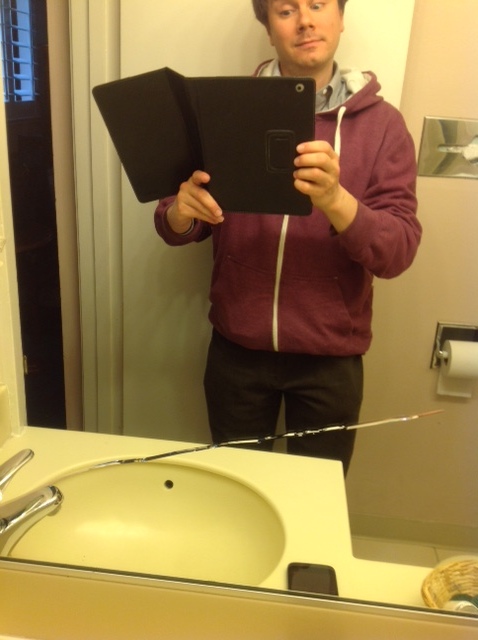
Something bad happened in the bathroom. The door looks like it was previously kicked in and the mirror is broken. However, the bathroom was clean and smelled like bleach.
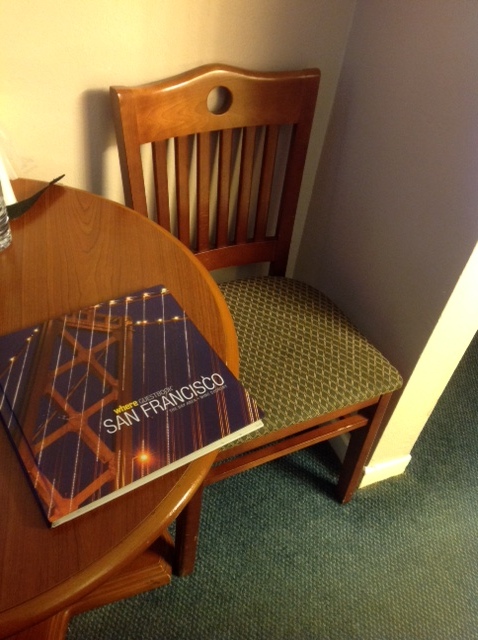
Coffee table book mostly full of ads for shopping and tourist traps. Some of the pages were stuck together.
My Top Five Reverse Culture Shocks
I spent 4 years living, working and studying outside of the United States. Sure, expats keep up with the news in the US, but you end up seeing your home country mainly in snapshots and viewing it through the lens of the media. The country you grew up in thus becomes an exaggerated caricature, even more so than its larger-than-life culture already is. If you’re a thoughtful person, and most expats are, you know that this is going on and you adjust your expectations accordingly. So I was prepared for the general incivility of public discourse (which stands in sharp contrast to the expat community, which almost universally demonstrates the very best of American culture), and the outright stupidity of politicians (whose constituents deserve far better). I was even prepared for the police brutality here, which resembles the feared and loathsome force of “urban management” officials in China known as Chengguan.
But nothing could have prepared me for the sheer number of extremely obese people. I see them everywhere. Or Seattle traffic, which would probably lose a race to molasses. Or … well, read on. Here are my Top 5 reverse culture shocks:
![MH900082919[1]](https://www.seat31b.com/wp-content/uploads/2014/12/MH9000829191-300x300.jpg) 1. Everything tastes too sweet. Bakery goods contain much more sugar than in most places abroad (particularly Asia), but it’s not just these. Juices are flavored with high fructose corn syrup. Ice cream is more sweet. The amount of sugar in a cupcake will knock you off of your chair. Even the sauce in pizza has almost as much sugar as a jelly doughnut. No wonder everyone is getting diabetes, people are just consuming way too much sugar.
1. Everything tastes too sweet. Bakery goods contain much more sugar than in most places abroad (particularly Asia), but it’s not just these. Juices are flavored with high fructose corn syrup. Ice cream is more sweet. The amount of sugar in a cupcake will knock you off of your chair. Even the sauce in pizza has almost as much sugar as a jelly doughnut. No wonder everyone is getting diabetes, people are just consuming way too much sugar.
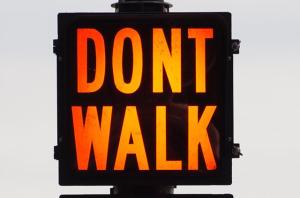 2. You can’t easily walk anywhere. With the exception of a few US cities such as New York and San Francisco, it’s really hard to walk anywhere. I miss the convenience of just popping next door for fresh vegetables any time I wanted them, or easily stumbling home after an evening in the pub with friends.
2. You can’t easily walk anywhere. With the exception of a few US cities such as New York and San Francisco, it’s really hard to walk anywhere. I miss the convenience of just popping next door for fresh vegetables any time I wanted them, or easily stumbling home after an evening in the pub with friends.
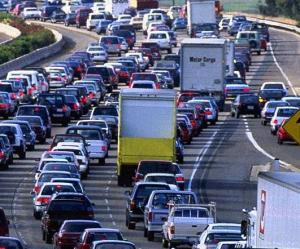 3. I live in my car. Public transportation in the US is generally pretty bad, and this is especially true in Los Angeles and Seattle (the places where I spend the most time). Because I can’t actually walk anywhere to get things done, I end up having to drive all over the place. So, I end up paying a lot more for transportation than I did living abroad.
3. I live in my car. Public transportation in the US is generally pretty bad, and this is especially true in Los Angeles and Seattle (the places where I spend the most time). Because I can’t actually walk anywhere to get things done, I end up having to drive all over the place. So, I end up paying a lot more for transportation than I did living abroad.
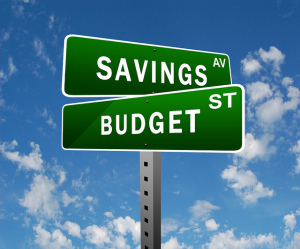 4. Shopping is less expensive, but you have to buy more stuff. Because there isn’t a national sales tax in the US, most things are cheaper in stores. However, this doesn’t mean that I’m actually any better off, because the things these taxes pay for (e.g. health care and public transportation) don’t exist. So, living in the US overall costs more.
4. Shopping is less expensive, but you have to buy more stuff. Because there isn’t a national sales tax in the US, most things are cheaper in stores. However, this doesn’t mean that I’m actually any better off, because the things these taxes pay for (e.g. health care and public transportation) don’t exist. So, living in the US overall costs more.
 5. People are just unbelievably fat. I mean, folks like you see in People of Wal-Mart just don’t seem to exist in other countries (with the possible exception of Mexico and the UK), but you see this all over the place here. Is it because of all of the stuff above? Probably. I personally get way less exercise here in the US and have been gaining weight since I returned.
5. People are just unbelievably fat. I mean, folks like you see in People of Wal-Mart just don’t seem to exist in other countries (with the possible exception of Mexico and the UK), but you see this all over the place here. Is it because of all of the stuff above? Probably. I personally get way less exercise here in the US and have been gaining weight since I returned.
Cyber Monday Sale On Alaska Airlines
Alaska Airlines has a good Cyber Monday sale. They operate mainly up and down the West Coast, but there are also some good sale fares to Hawaii from many cities. The deals are good today only for dates between December and mid-March. The lowest fares are good for Tuesday, Wednesday and Saturday travel only and require a 21-day advance purchase. Alaska also has service to many locations in western Canada and leisure destinations in Mexico. Not to be overlooked, Alaska serves many cities on the East Coast, such as Newark, Boston, Washington DC, St. Louis, and Orlando, although typically with limited service (one or two flights a day).
You can visit the Alaska Airlines Cyber Monday page to find the sale fares for your city.
While Alaska Airlines has an excellent frequent flier program (Mileage Plan), they also partner with many other airlines including Delta and American. So, if you are a member of these programs, you can get mileage credit for your flights on Alaska.
UPDATE: Alaska Airlines tweeted a coupon code that can be used for an extra 5% off this already great offer. Enter SHOPNOW at checkout to save!

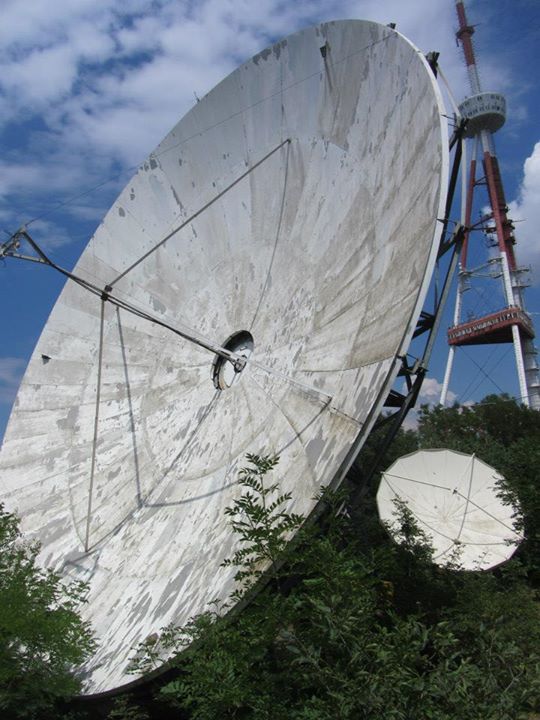
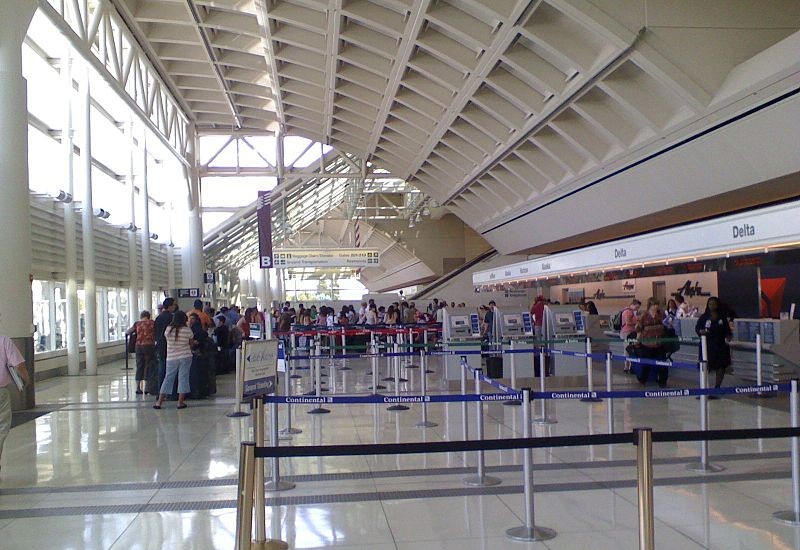
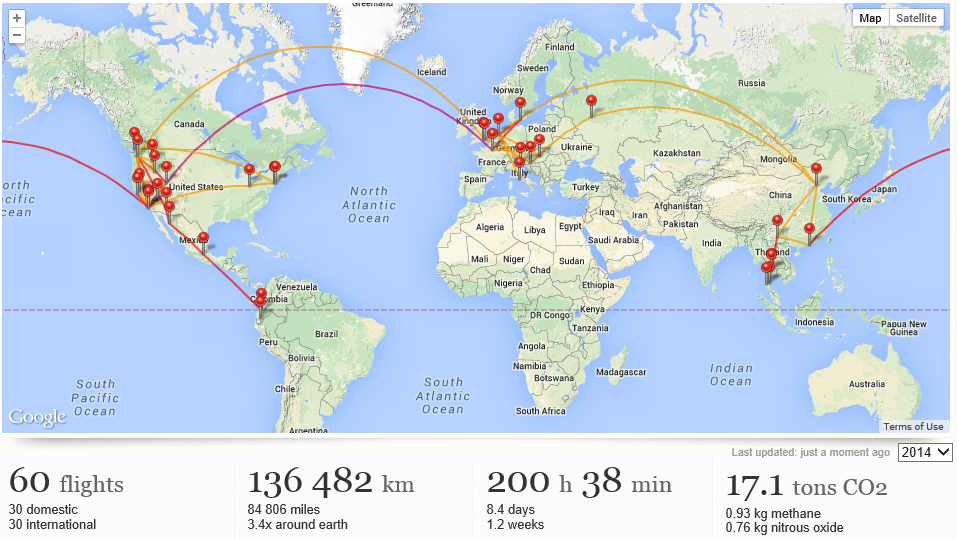
![usairways-mastercard-big[1]](https://www.seat31b.com/wp-content/uploads/2014/12/usairways-mastercard-big1.jpg)
